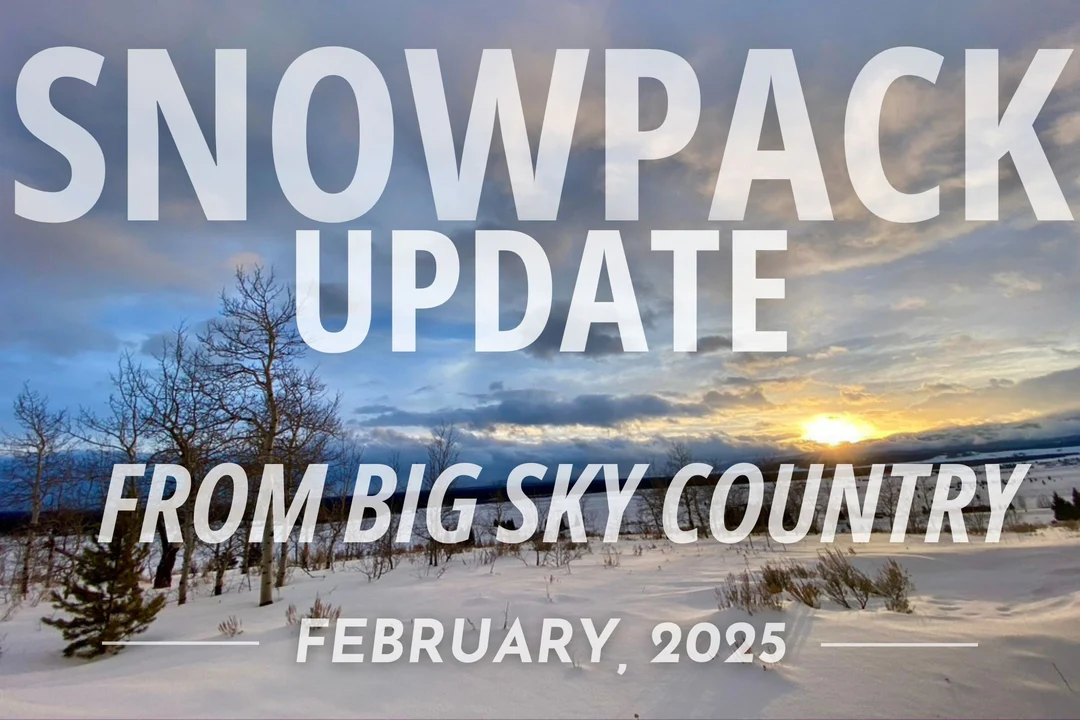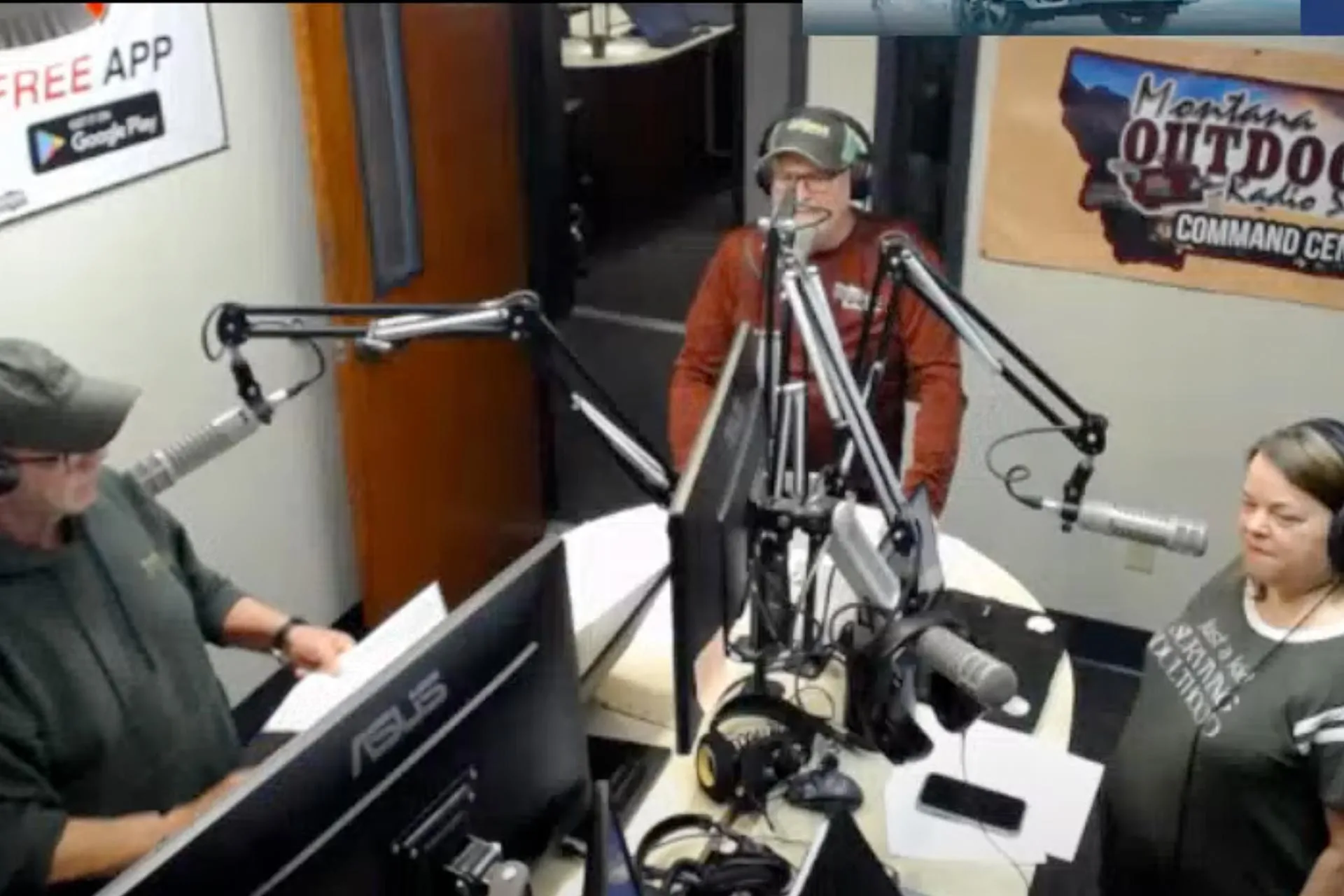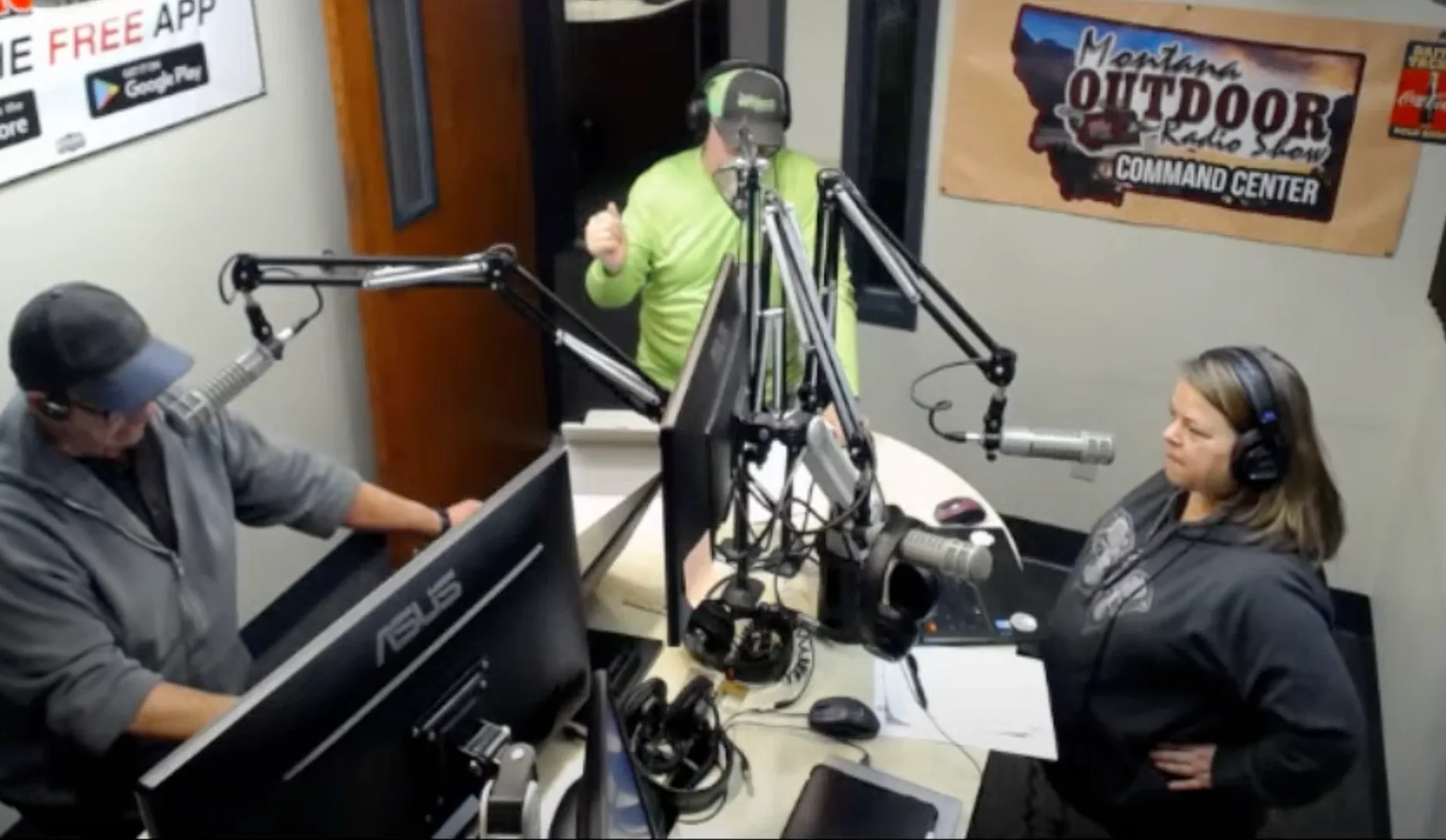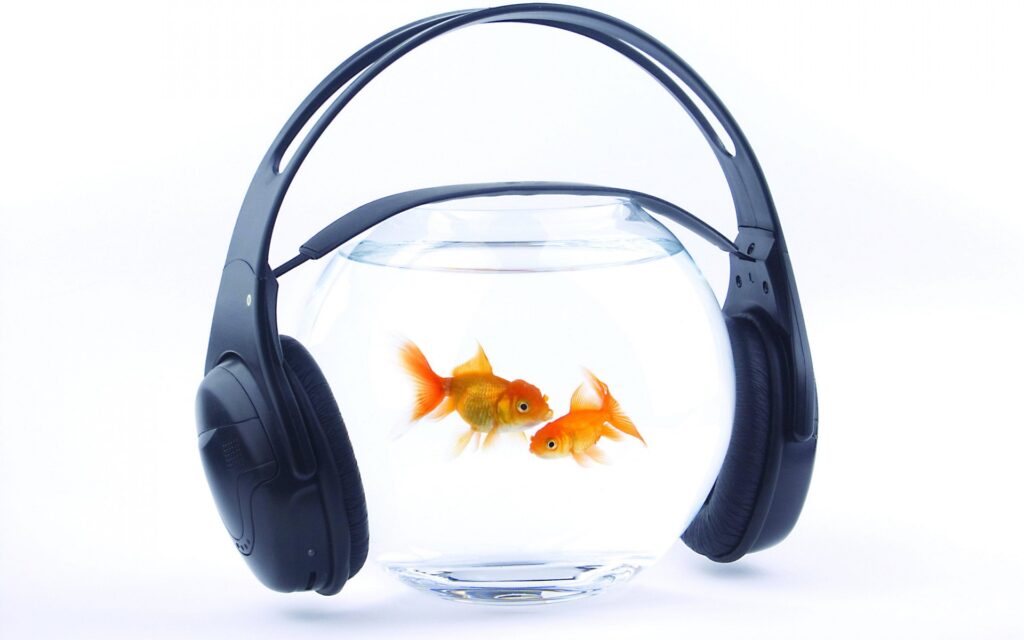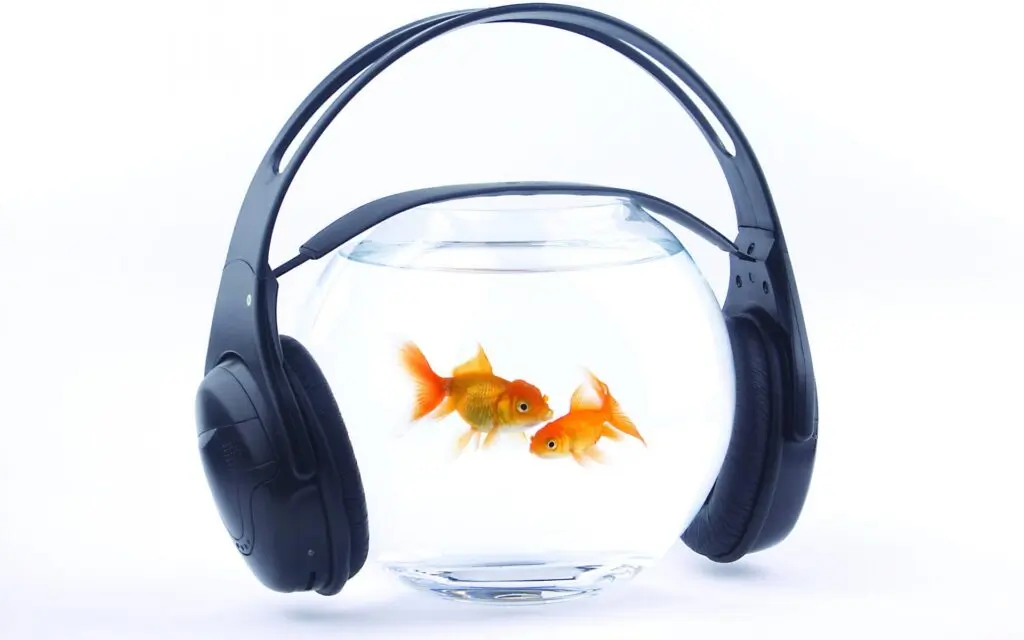Q: Why is February the favorite winter month of all Montana fishing guides?
A: There are only 28 days to worry about the snowpack heading into next summer.
Dang near the entire state of Montana is under a winter storm warning at the moment, and white gold is piling up from West Yellowstone clear to Scobey. This is bad news if you need to drive somewhere in the next couple of days, but good news for the trout.
As of February 4th, snowpack is looking pretty good relative to historic values in our angling area. Relative to Median Snow Water Equivalent (SWE), the Madison is sitting at 91%, the Gallatin is at 101%, the Upper Yellowstone is at 91%, and the Henrys Fork / Teton watershed is at 92%. While these are decreased percentages relative to last month, we’ve got snow in the forecast for the next several days, and I’d expect to see the numbers climb at least slightly.


NOAA’s February precipitation forecast isn’t looking quite as exciting as January’s. That said, their models have us at a 30-50% chance of above average precipitation for the next 30 days or so, which is certainly better than the Dry February alternative.

For those looking for a bit more, lets take a moment to dig a bit deeper into the separate plots for three of the fishiest watersheds on the planet – The Madison, Henry’s Fork, and Upper Yellowstone.
Here’s the Madison and Henry’s Fork, which are on a very similar path. Following that black line, you can see that January started out pretty wet but them mellowed out as the SWE curve flattened out until a couple of days ago. That spike means it’s been dumping, with accumulations cresting over 2 inches of water in many areas of the Madison watershed and even more in the Fork. We are also trending well above last year, thankfully. With about 22 inches of peak SWE as our target in the Madison, we are currently about half way there, with 2.5 months or so to go between now and the usual peak. In the Fork, it looks like we are over half the way there, but the time of the peak is slightly sooner.


The Upper Yellowstone is also following a similar path, with big gains recently thanks to this storm. I wanted to single this plot out though because I noticed something when I turned on the 2024 snowpack line to compare to this year. See that orange line (2024) and how it tracks along the bottom edge of the shaded area during the month of February? That means that not only was last year crappy and dry compared to this year, but it was also the worst year in at least the last 30 years! Last year the SWE peaked at 13.6” in the upper Yellowstone (compared to a median peak of 19.1 inches of water), and this year we are already sitting at 10.5 inches of water as of February 4th.
If that doesn’t get you fishing friends and snowpack nerds fired up at least a little bit, then I’m afraid I can’t be of much help.

Until next time, keep tying flies, doing snow dances, reading books, and being kind to others.
Click here for original info.

